Does your business have procedures in place for lone workers?
Question
Check that good procedures exist for lone working controls.
Reason for This Question
Lone workers pose an additional risk, procedures should be regularly reviewed, and staff checked more frequently.
Possible Answers
Red: No controls
Amber: Some supervision but there is no written evidence of checks
Green: Contractors are supervised with written evidence of checks available
Common Issues
- No controls or procedures in place.
- No lone worker risk assessment
- No formally documented process or system
Fail Rate
44% of businesses failed this question based on our sample data.
How to Stay Compliant
Ensure you have documented lone worker procedures and risk assessments in place.
Information
What is a lone worker?
A lone worker is an employee who performs an activity that is carried out in isolation from other workers without close or direct supervision. Such staff may be exposed to risk because there is no-one to assist them and so a risk assessment may be required. – Wikipedia
The operating hours of some businesses means that staff and contractors may need to be in the building late at night or simply in a building alone. This increases the risk of assault from attempted robberies or other violent incidents. It also raises problems of how that individual working alone can summon help in an emergency.
Where these circumstances arise, consideration must always be given to the issue of lone workers and risk assessments should consider:
- The probability of a lone worker encountering a health and safety hazard,
- The lone workers means of raising the alarm,
- The means of rescue,
- The means of escape in the event of a fire.
Lone Working Procedure Examples
Medical Fitness
- All staff and contractors working at night must complete the night workers medical assessment form.
- This will ensure that lone workers do not have medical conditions that may make them unsuitable for working alone.
- Consideration should be given to both routine work and foreseeable emergencies that may impose additional physical and medical burdens on a team members and contractors.
Cash
- No team members or contractors should place themselves at risk when handling money when confronted by a potentially aggressive or violent situation,
- If any team members or contractors are threatened with violence whilst handling cash or working alone, the cash should be handed over,
- Team members or contractors should, if possible, try to note the details of their assailant’s appearance or any other useful information (e.g. vehicle registration number) that could be of help later to the police,
- Managers should ensure that the minimum amount of cash practical for effective business operation is retained on site overnight and that approved cash handling and banking procedures are followed.
Training
- Training is particularly important where there is limited supervision to control, give guidance and help in situations of uncertainty. Training may be essential to avoid panic reactions in unusual situations.
- Lone workers need to fully understand the risks involved in the work, the necessary precautions and be sufficiently experienced.
- Training should be given to raise awareness of lone working risks, raise awareness of potentially violent situations and how best to diffuse them and to ensure understanding of the use of alarms.
Supervision
- Although lone workers cannot be under constant supervision, it is still the managers responsibility to provide appropriate control of the work they are required to undertake.
- Supervision includes information, instruction and training and helps to ensure that the necessary safety precautions are implemented. It can also provide guidance in situations of uncertainty.
- The extent of supervision required depends on the risks involved and the proficiency and experience of the team members and contractors to identify and handle safety issues and potential risk situations.
- Team members and contractors new to the job, undergoing training or dealing with new situations may need to be accompanied at first. The extent of supervision required is a management decision. It should not be left to the individual to decide if they require assistance.
- Managers should make regular checks on the progress and quality of the work of lone workers. This may take the form of periodic reviews, including discussions in which safety issues are addressed
Emergencies
- Lone workers should be capable of responding correctly in emergency situations.
- Team members and contractors should receive appropriate instruction and training in the established emergency procedures.
- Lone workers should have access to adequate first aid facilities.
- The emergency services should be called where there is a serious incident, illness or injury.
Controlling Access to Plant Rooms, Lift Motor Rooms and Roof Spaces
- Entry to plant rooms, lift motor rooms and roof spaces is strictly prohibited unless authorised by management and a permit to work issued
Relevant Legislation, Guidance and/or Approved Codes
The Health and Safety at Work etc Act 1974
Management of Health and Safety at Work Regulations 1999
International standard for health and safety excellence ISO 45001
Working alone Health and safety guidance on the risks of lone working
Our Solutions
Health and safety manuals and risk assessments are available as part of our Health and Safety Management System packages. The working alone section in our health and safety manual will define responsibilities within your business, required risk assessments, forms and documented procedures.
This post is part of the “Focus on Health and Safety Audit Questions” series. A series which focuses on questions asked by our health and safety consultants when conducting a health and safety audit.

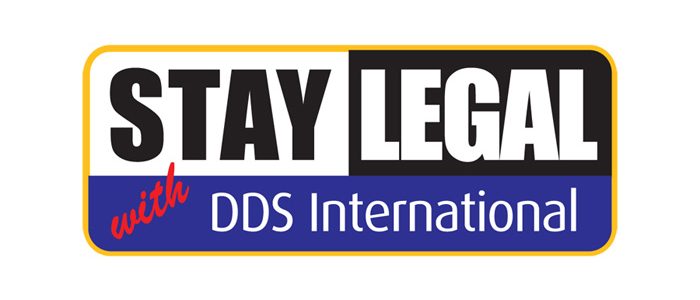
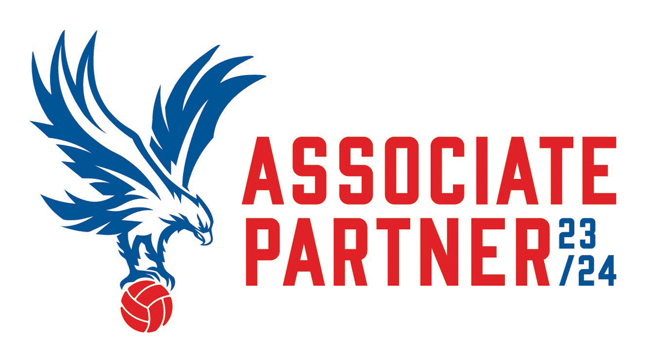
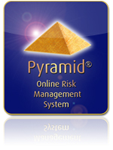


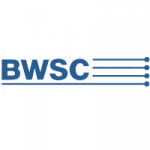



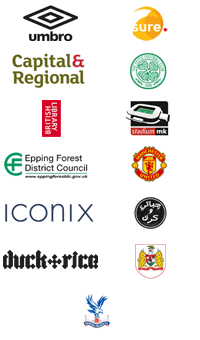
Comments are closed.